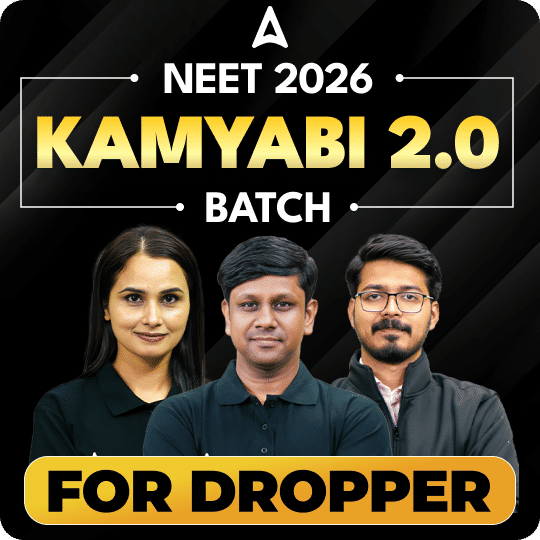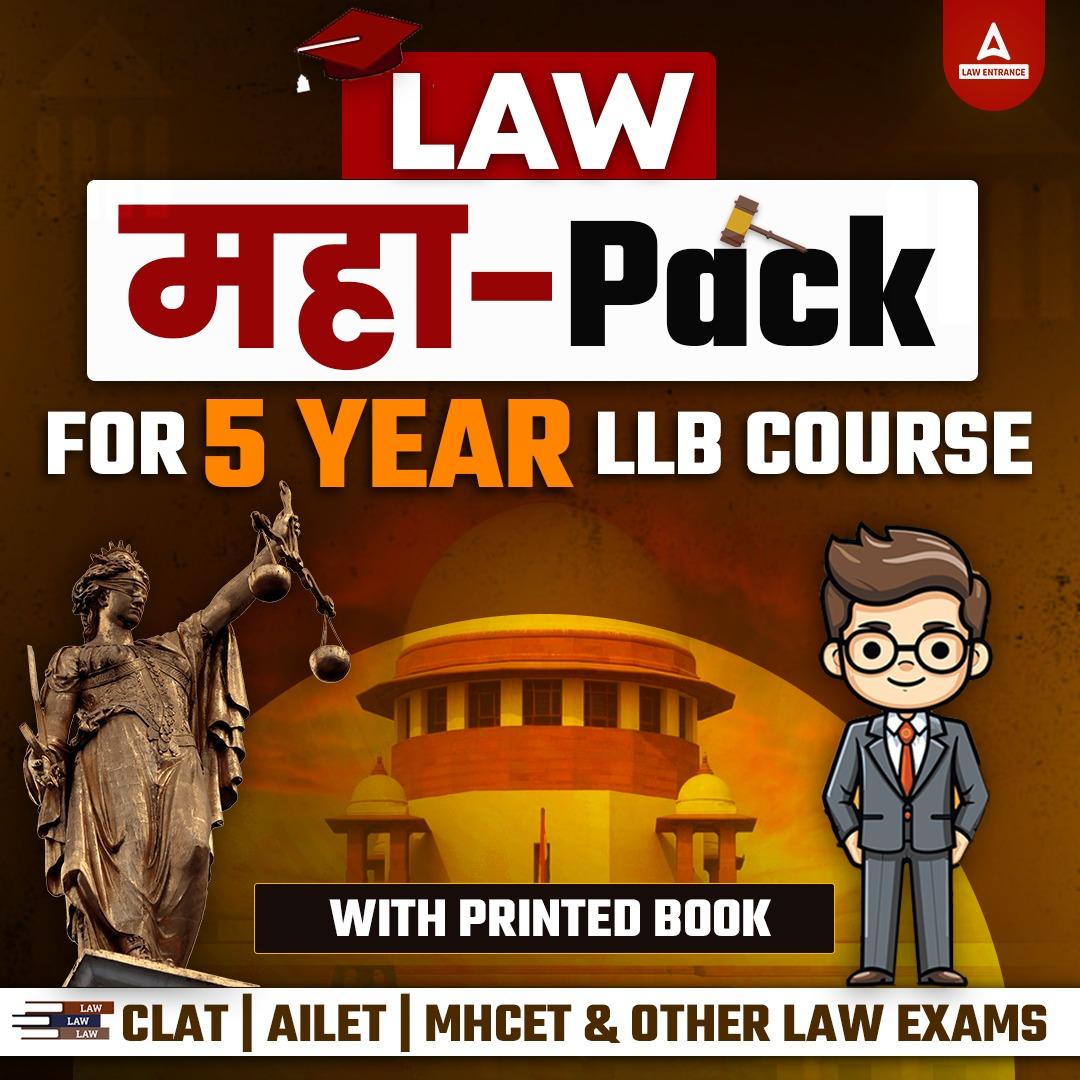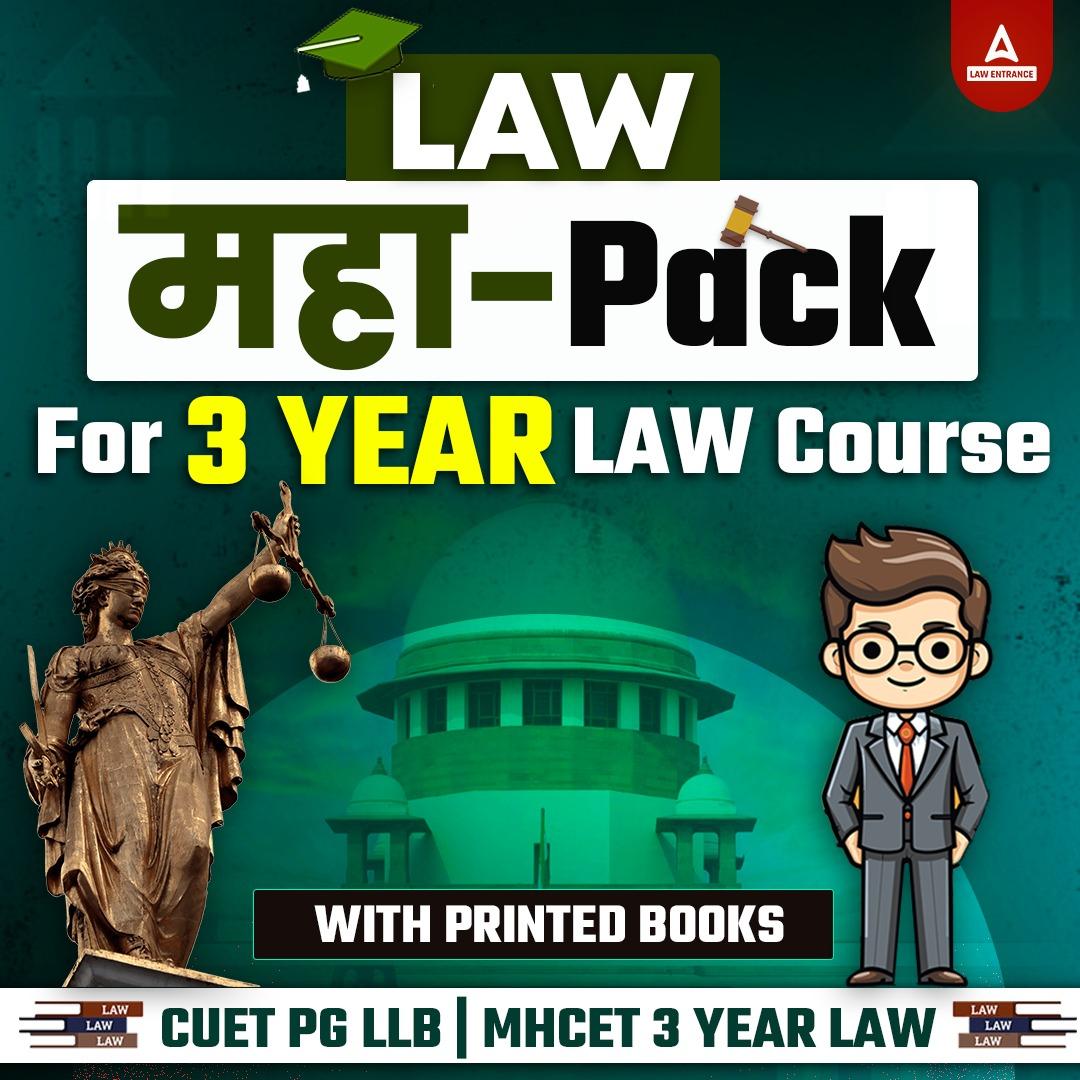The Central board of Secondary Education has published the official CBSE Class 11 Economics syllabus 2024-25 on its official website, cbseacademic.nic.in. The CBSE Class 11 Economics curriculum is carefully crafted to impart students with a basic comprehension of economic concepts and how they are implemented. The updated class 11 economics syllabus covers fundamental economic concepts and shows students how these concepts apply in actual situations.
CBSE Class 11 Economics Syllabus 2024-25
The CBSE class 11 Economics syllabus 2024-25 contains all the topics that students will have to prepare for the annual examinations. The CBSE class 11 Economics subject has been divided into two parts: Part A and Part B. The Part A of the Economics subject is called Statistics for Economics that deals with providing students with abundant knowledge of statistics to solve economics problems. The Part B is called Introductory Microeconomics, as the name suggests, it is associated to Microeconomics.
CBSE Class 11 Economics Syllabus 2024-25 Highlights
The CBSE class 11 Economics subject paper code is 030. The Economics subject’s total weightage in class 11 is 100 marks. The theory part accounts for 80 marks while the rest 20 marks is set aside for project work. The CBSE Class 11 Economics Syllabus 2024-25 includes some major topics like concepts of microeconomics, such as economic actors, the market, and demand and supply curves, Consumer Behaviour and Demand, and Market Equilibrium.
CBSE Class 11 Economics Exam Paper Pattern
As per the CBSE Class 11 Economics Syllabus 2024-25, both Part A and Part B of the Economics class 11 has equal weightage of 40 marks each. Check the detailed paper pattern below.
|
Units
|
Name of the Units and Chapters |
Marks
|
Periods
|
|
Part A
|
Statistics for Economics
|
||
|
Introduction
|
15
|
10
|
|
|
Collection, Organisation and Presentation of Data
|
30
|
||
|
Statistical Tools and Interpretation
|
25
|
50
|
|
|
40
|
|||
|
Part B
|
Introductory Microeconomics
|
||
|
Introduction
|
04
|
10
|
|
|
Consumer’s Equilibrium and Demand
|
14
|
40
|
|
|
Producer Behaviour and Supply
|
14
|
35
|
|
|
Forms of Market and Price Determination under perfect competition with simple applications
|
08
|
25
|
|
|
40
|
|||
|
200
|
|||
|
Part C
|
Project Work
|
20
|
20
|
CBSE Class 11 Economics Detailed Syllabus 2024-25
The detailed syllabus released by the board officials have been provided below chapter-wise.
|
Part A: Statistics for Economics
|
|
In this course, the learners are expected to acquire skills in collection, organisation and presentation of quantitative and qualitative information pertaining to various simple economic aspects systematically. It also intends to provide some basic statistical tools to analyse, and interpret any economic information and draw appropriate inferences. In this process, the learners are also expected to understand the behaviour of various economic data.
|
|
Unit 1: Introduction (10 Periods)
|
|
What is Economics?
Meaning, scope, functions and importance of statistics in Economics
|
|
Unit 2: Collection, Organisation and Presentation of data (30 Periods)
|
|
Collection of data – sources of data – primary and secondary; how basic data is collected with concepts of Sampling; methods of collecting data; some important sources of secondary data: Census of India and National Sample Survey Organisation.
Organisation of Data: Meaning and types of variables; Frequency Distribution.
Presentation of Data: Tabular Presentation and Diagrammatic Presentation of Data:
(i) Geometric forms (bar diagrams and pie diagrams), (ii) Frequency diagrams (histogram, polygon and Ogive) and (iii) Arithmetic line graphs (time series graph).
|
|
Unit 3: Statistical Tools and Interpretation (50 Periods)
|
|
For all the numerical problems and solutions, the appropriate economic interpretation may be attempted. This means, the students need to solve the problems and provide interpretation for the results derived.
Measures of Central Tendency- Arithmetic mean, Median and Mode
Correlation – meaning and properties, scatter diagram; measures of correlation – Karl Pearson’s method (two variables ungrouped data) Spearman’s rank correlation (Non-Repeated Ranks and Repeated Ranks).
Introduction to Index Numbers – meaning, types – Wholesale Price Index, Consumer Price Index and index of industrial production, uses of index numbers; Inflation and Index Numbers, Simple Aggregative Method.
|
|
Part B: Introductory Microeconomics
|
|
Unit 4: Introduction (10 Periods)
|
|
Meaning of microeconomics and macroeconomics; positive and normative economics
What is an economy? Central problems of an economy: what, how and for whom to produce; concepts of Production Possibility Frontier and Opportunity Cost.
|
|
Unit 5: Consumer’s Equilibrium and Demand (40 Periods)
|
|
Consumer’s equilibrium – meaning of Utility, Marginal Utility, Law of Diminishing Marginal Utility, conditions of consumer’s equilibrium using marginal utility analysis.
Indifference curve analysis of consumer’s equilibrium-the consumer’s budget (budget set and budget line), preferences of the consumer (indifference curve, indifference map) and conditions of consumer’s equilibrium.
Demand, market demand, determinants of demand, demand schedule, demand curve and its slope, movement along and shifts in the demand curve; price elasticity of demand – factors affecting price elasticity of demand; measurement of price elasticity of demand – percentage-change method and total expenditure method.
|
|
Unit 6: Producer Behaviour and Supply (35 Periods)
|
|
Meaning of Production Function – Short-Run and Long-Run Total Product, Average Product and Marginal Product.
Returns to a Factor
Cost – Short run costs – Total Cost, Total Fixed Cost, Total Variable Cost; Average Cost; Average Fixed Cost, Average Variable Cost and Marginal Cost – meaning and their relationships.
Revenue – Total Revenue, Average Revenue and Marginal Revenue – meaning and their relationship.
Producer’s Equilibrium – meaning and its conditions in terms of Marginal Revenue- Marginal Cost.
Supply, market supply, determinants of supply, supply schedule, supply curve and its slope, movements along and shifts in supply curve, price elasticity of supply; measurement of price elasticity of supply – percentage-change method.
|
|
Unit 7: Perfect Competition – Price Determination and simple applications. (25 Periods)
|
|
Perfect competition – Features; Determination of market equilibrium and effects of shifts in demand and supply. (Short Run Only)
Simple Applications of Demand and Supply: Price ceiling, Price floor.
|
CBSE Class 11 Economics Syllabus 2024-25 PDF
The Economics Class 11 CBSE 2024-25 syllabus will assist students in exam preparations as well as in getting ready for other competitive exams. Students should carefully go through the recommended materials of each topic to achieve a comprehensive grasp of the subject. Therefore, it is essential for students to have a clear understanding of the recently revised Economics curriculum. Download the free official syllabus PDF below for free.
CBSE Class 11 Economics Syllabus 2024-25 PDF Download
CBSE Class 11 Economics Question Paper Design 2024-25
The exam paper for CBSE Class 11 Economics in 2025 will assess students’ remembering, understanding, applying, analyzing, and evaluating skills through questions. Every section will assist students in reaching the designated scores for that specific category. To learn more about the question paper design, please refer to the following table.
|
SN
|
Typology of Questions
|
Marks
|
Percentage
|
|
1
|
Remembering and Understanding:
Exhibit memory of previously learned material by recalling facts, terms, basic concepts, and answers.
Demonstrate understanding of facts and ideas by organizing, comparing, translating, interpreting, giving descriptions, and stating main ideas
|
44
|
55%
|
|
2
|
Applying: Solve problems to new situations by applying
acquired knowledge, facts, techniques and rules in a different way.
|
18
|
22.5%
|
|
3
|
Analysing, Evaluating and Creating:
Examine and break information into parts by identifying motives or causes. Make inferences and find evidence to support generalizations.
Present and defend opinions by making judgments about information, validity of ideas, or quality of work based on a set of criteria.
Compile information together in a different way by combining elements in a new pattern or proposing alternative solutions.
|
18
|
22.5%
|
|
Total
|
80
|
100%
|

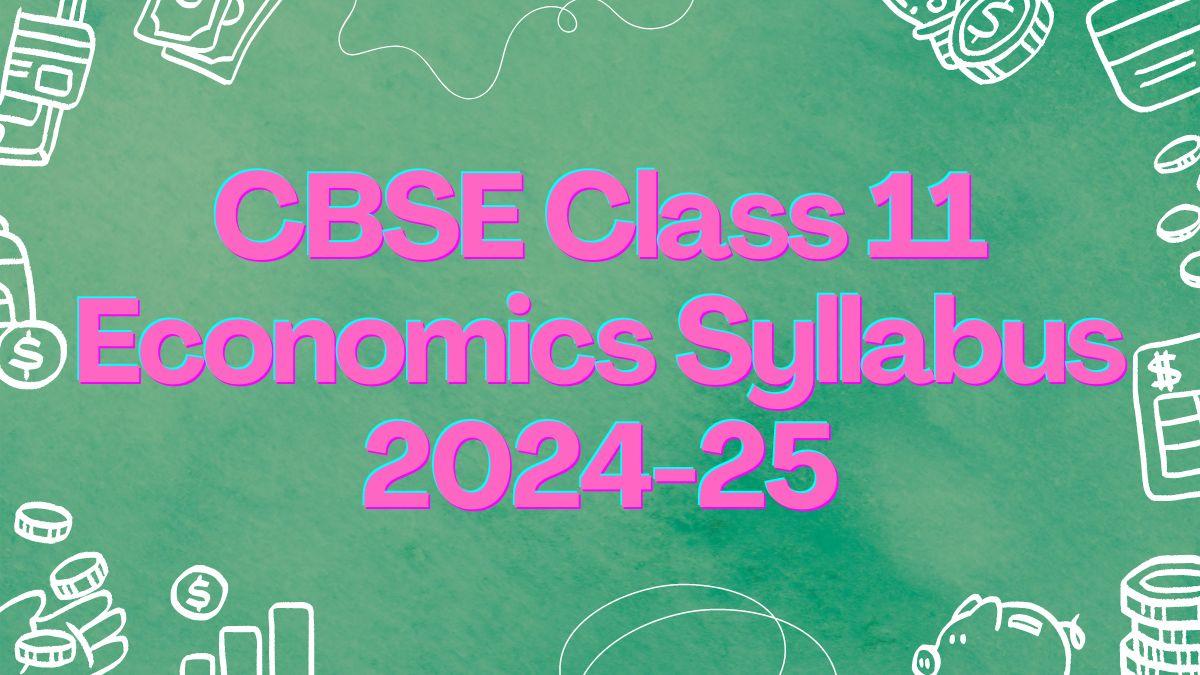







 CUET BEd Syllabus 2026, Check Subject Wi...
CUET BEd Syllabus 2026, Check Subject Wi...
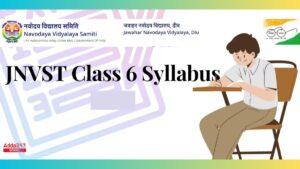 Navodaya Syllabus for 6th Class PDF Down...
Navodaya Syllabus for 6th Class PDF Down...
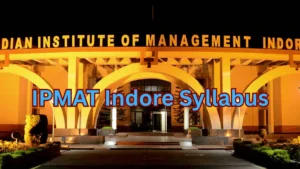 IPMAT Indore Syllabus 2026: Section-wise...
IPMAT Indore Syllabus 2026: Section-wise...



